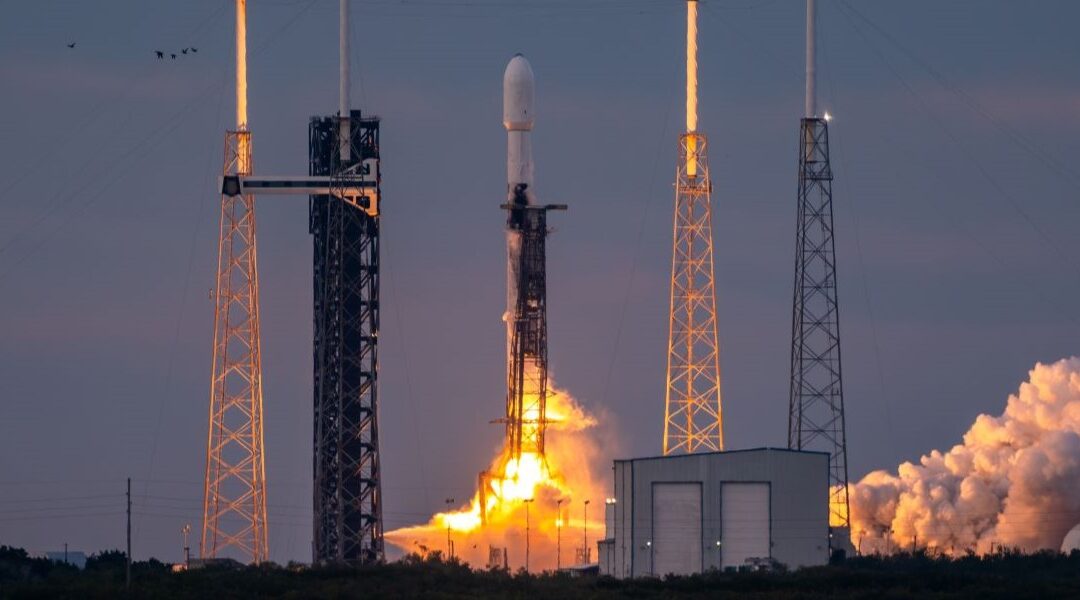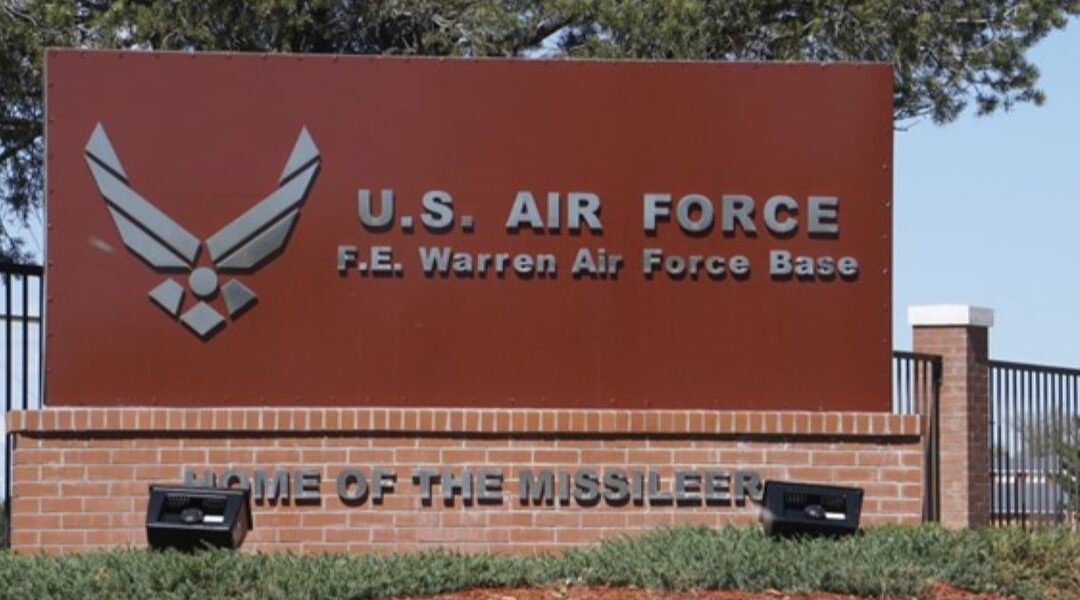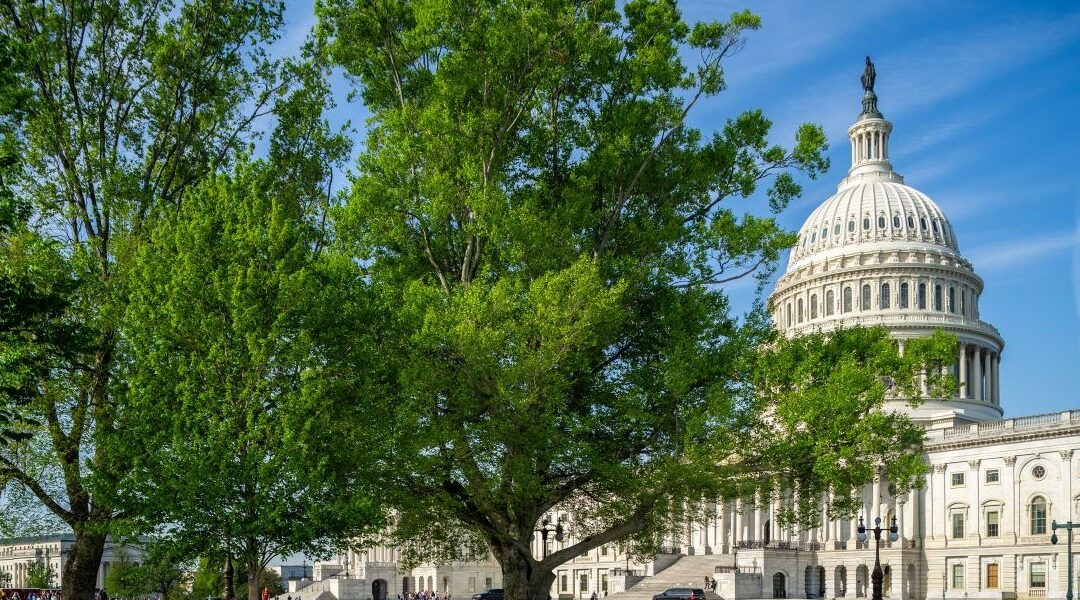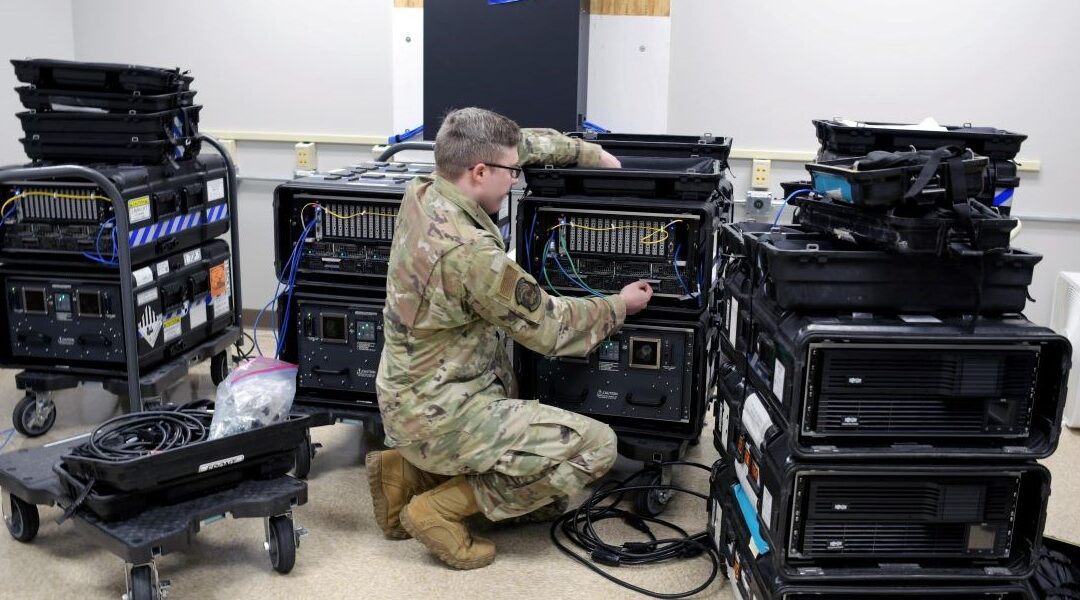
Defense Secretary Lloyd Austin and Joint Chiefs of Staff Chairman Gen. Mark Milley told lawmakers last week that the $715 billion Pentagon budget request President Joe Biden rolled out Friday is “slightly” focused more on the future than the present.
“We are trying right now to put down payments on investments that are going to pay huge dividends five, 10, 15 years from now for a future force,” Milley testified.
Here are some of the items in the budget request, according to the White House, a DOD press release, a Pentagon press briefing and other public reports.
- As expected, the Army has the tightest numbers, with a topline of $174 billion, a drop of $1.5 billion from the current fiscal year. The Navy is allocated $207 billion, a $4.6 billion increase. The Air Force is allocated $204 billion, up by $8.8 billion. The Space Force’s budget jumps to $17.5 billion, a $2.1 billion increase.
- The budget calls for a 2.7% pay raise for civilian and military personnel.
- The budget cuts procurement by $8 billion, setting up a fight with many on Capitol Hill over the future of legacy weapons systems. “The budget also documents some of the tough choices we had to make, as we lessen our reliance on vulnerable systems that are no longer suited for today’s advanced-threat environment, or are too costly to sustain,” Deputy Defense Secretary Kathleen Hicks told reporters Friday. Much of that money is redirected to research.
- “Our budget requests $617 million of new investments to make our installations more resilient and the department better prepared to address this vital [climate] challenge,” Acting DOD Comptroller Anne McAndrew said. “We’re requesting $263 million to strengthen our installations, $186 million for science and technology investments, $153 million in investments to mitigate the department’s climate impacts and capitalize on DOD’s buying power, and $15 million for climate contingency and preparedness, to incorporate climate risks into war games, exercises and other planning tools to ensure we understand the impacts of climate change on the missions and are prepared to respond.”
- Quality of life programs are allocated $8.6 billion, a 3% increase over the current year’s levels. “Taking care of our people also means providing a safe environment for our people to work, grow, and advance,” McAndrew said.
- There is no side account for overseas operations, often characterized as a slush fund. For the first time since Sept. 11, 2001, combat costs are included in the main budget.
Stay tuned to On Base for more coverage and analysis of the fiscal year 2022 budget.
DOD photo by U.S. Air Force Staff Sgt. Jack Sanders






